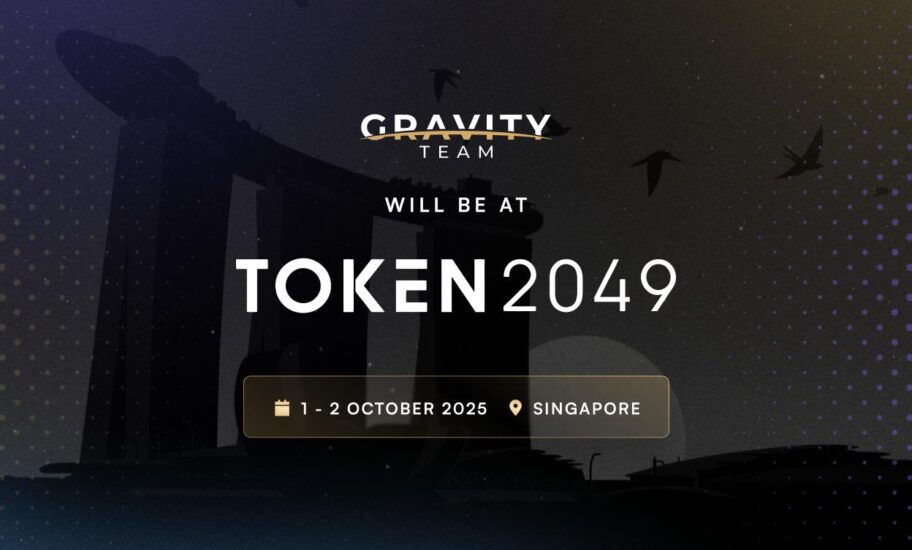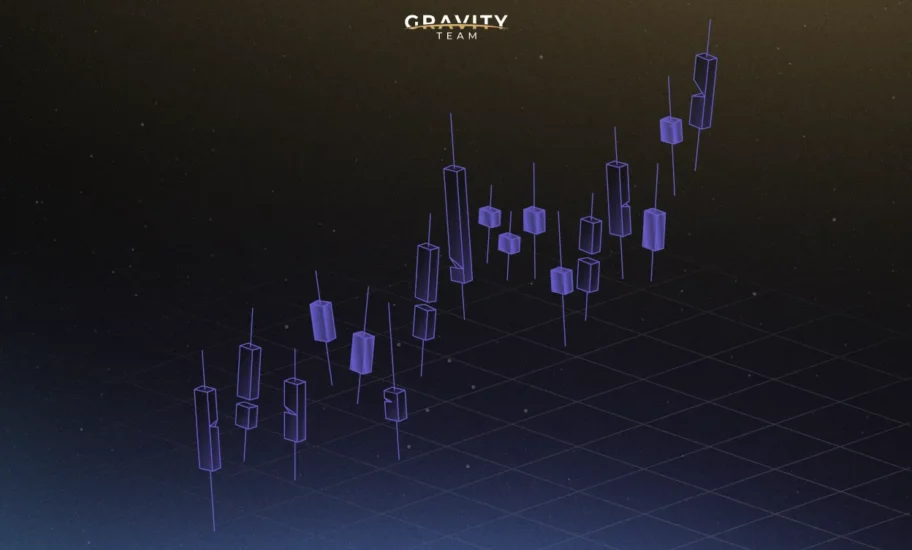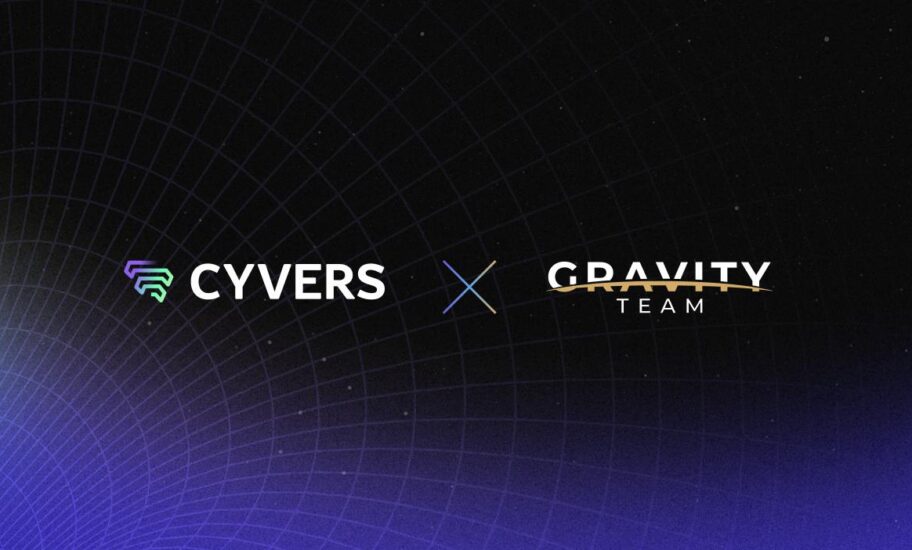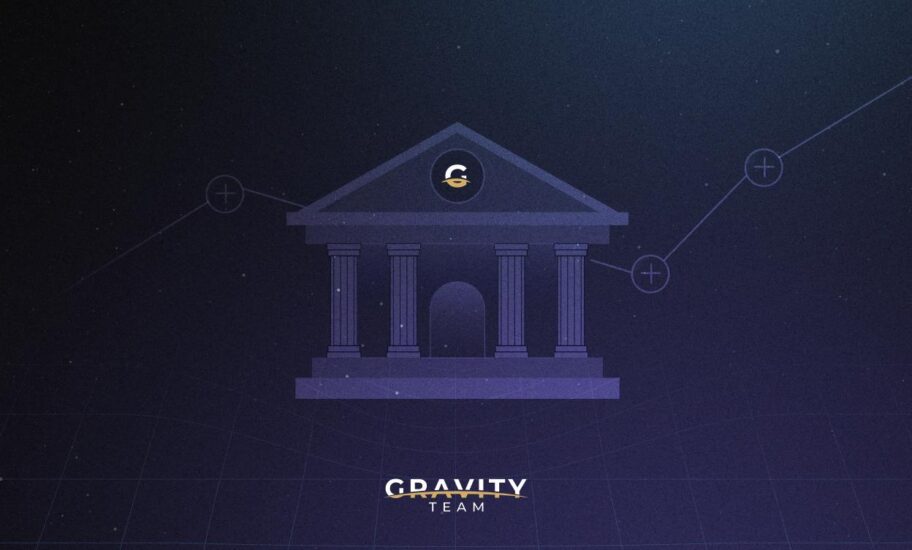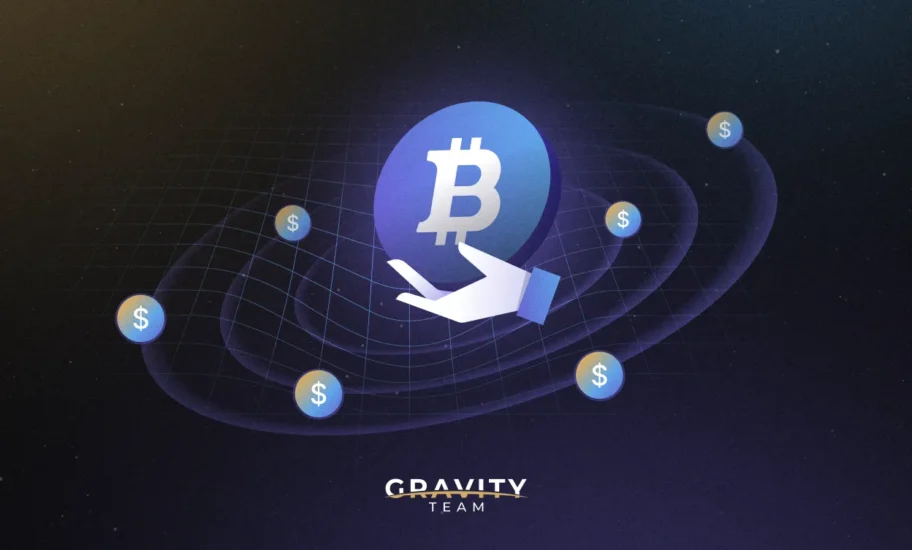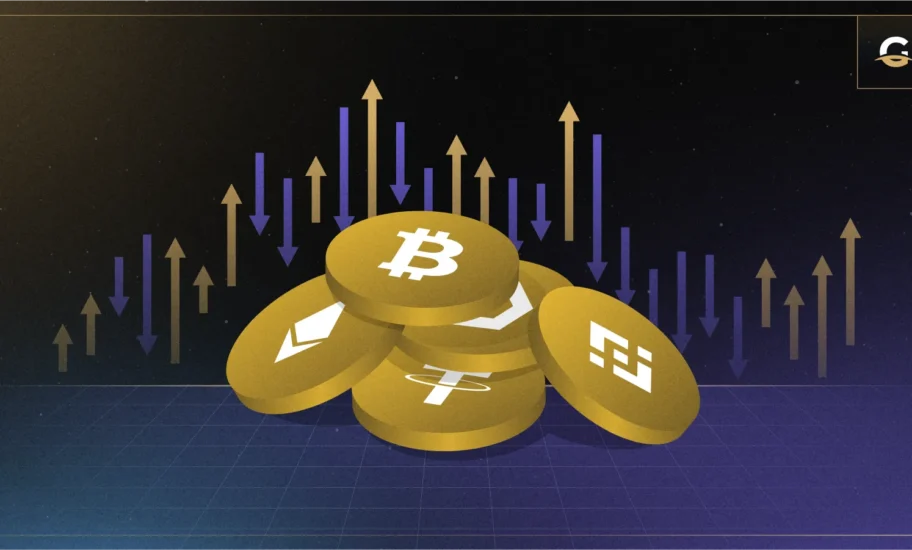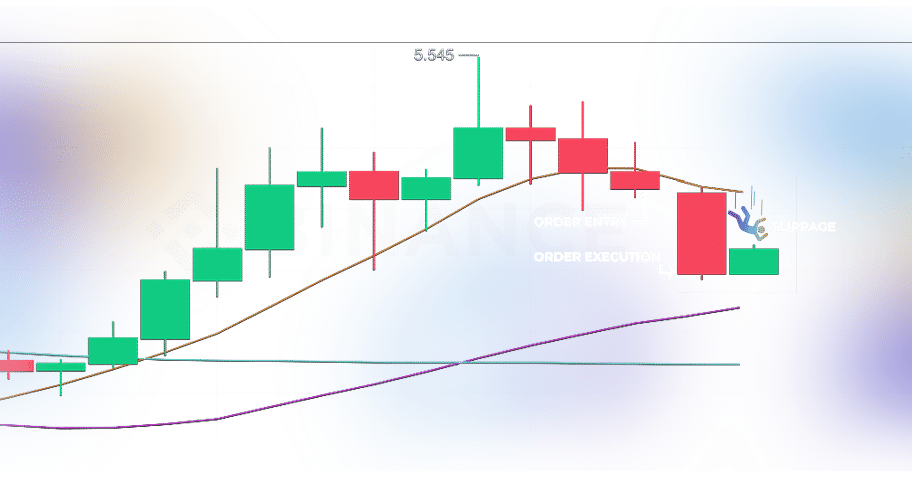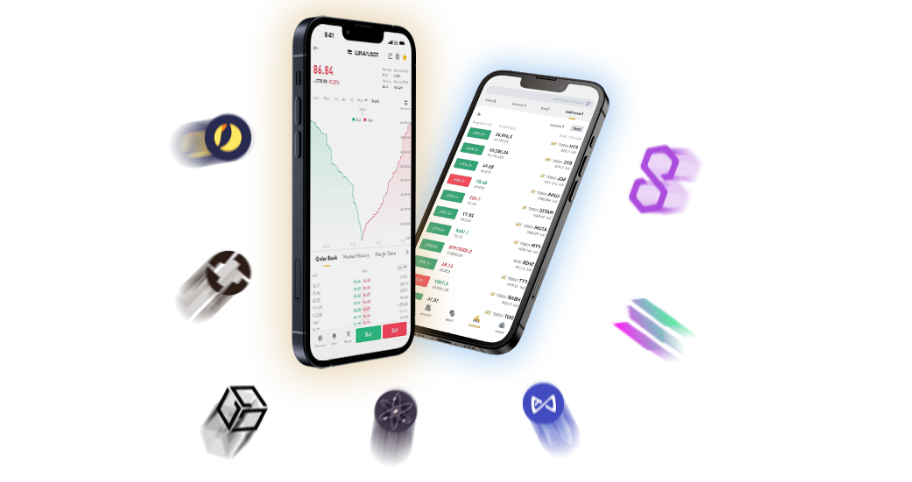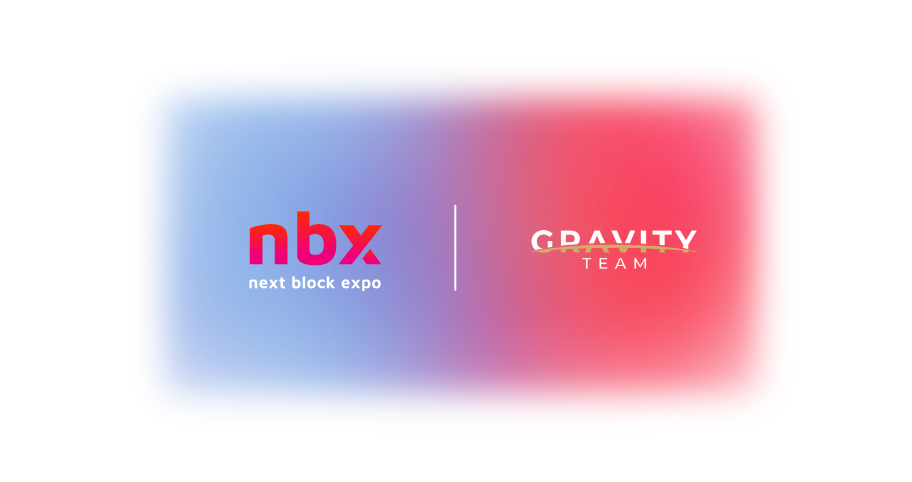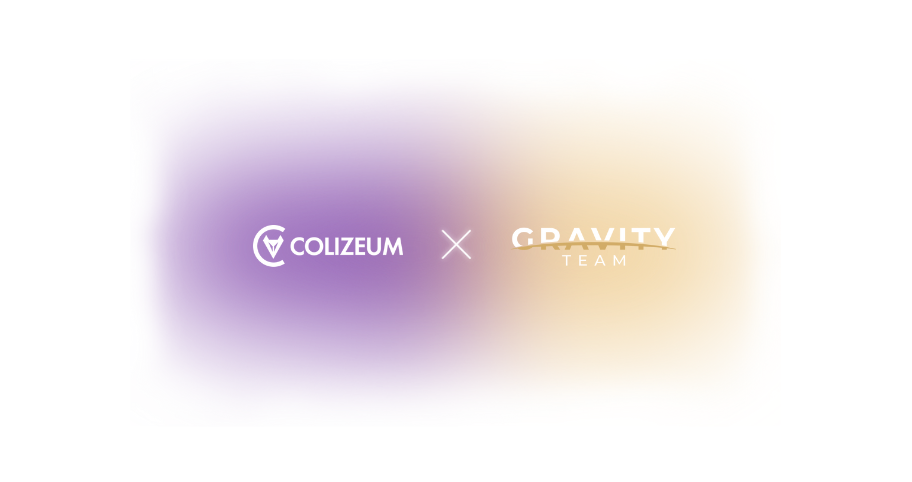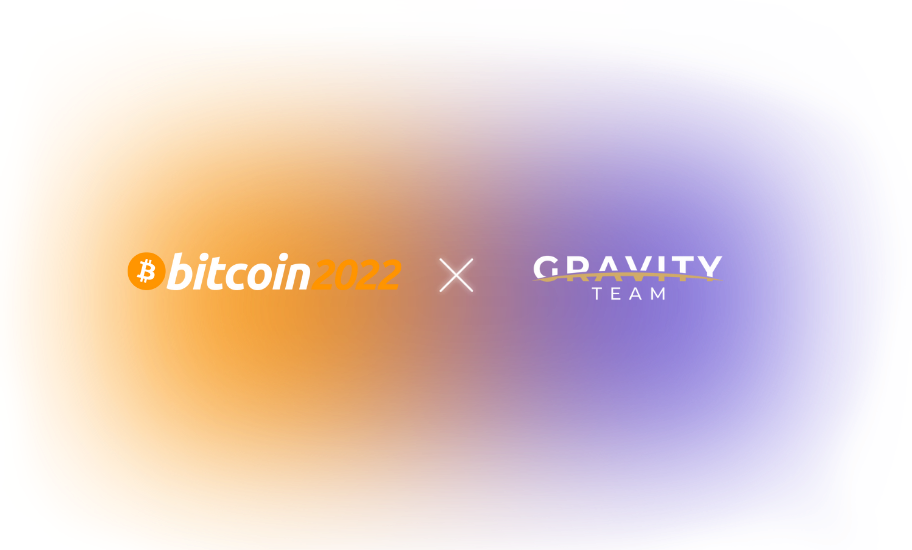
Good Crypto Liquidity: Why It Matters From Day One
 5 minutes
5 minutes

A Quick Guide for Crypto Founders
Think of liquidity like a party.
Good music. No long queues at the bar. And there’s always someone ready to dance.
That’s what good liquidity feels like: an active market where buyers and sellers are constantly moving, prices are stable, and trades flow smoothly. But if you’re a crypto founder gearing up to launch a token, chances are “liquidity” is one of those fuzzy terms everyone says you need, but few explain in plain English.
Let’s fix that.
This guide will help you in understanding GOOD crypto liquidity, breaking down what people actually mean by “tight spreads,” “deep books,” and “price discovery”, and explain why token teams should prioritise it from day one.
Why Liquidity Isn’t Just a Buzzword
At its core, liquidity refers to how easily and efficiently a token can be traded, how quickly someone can buy or sell without tanking the price. In crypto, where things move fast and emotions run high, liquidity becomes a critical ingredient for everything from investor trust to exchange support.
Without it:
- Traders get slippage, where they expect one price and get another.
- Prices get jumpy, even on small trades.
- Early users lose confidence and walk away.
- Exchanges may consider delisting your token.
This isn’t just about optics. It’s about usability. If your token can’t be bought or sold easily, then it’s not a real market; it’s just a ticker.
Tight Spreads: No One Likes Paying Extra
Let’s start with the bid-ask spread: the difference between what buyers are willing to pay (bid) and what sellers are asking for (ask).
In a liquid market, the spread is tight, sometimes just a fraction of a cent. In an illiquid one, the spread can be several percent. That’s the equivalent of walking into a shop and being told the price is “$10… or maybe $12, depending on who’s buying.”
Deep Order Books: A Crowd on Both Sides
Now, picture the order book as a dance floor. You want plenty of people ready to move, buyers and sellers across many price levels. That’s what a deep book looks like: large volumes of resting orders so that even big trades don’t cause major price swings.
A single trade can shift your token’s price by 10% or more. That’s a surefire way to scare off institutional investors, funds, and even retail users.
Deep books also give exchanges confidence in your project. Many top-tier exchanges now monitor order book health before granting listings or continued support.
Good Liquidity Drives Price Discovery
Another big perk of liquidity? Efficient price discovery.
When a token is actively traded with plenty of volume and participants, its price reflects actual supply and demand. That price becomes an honest signal to investors, aggregators, and other exchanges.
Without liquidity, your token’s price is more or less a guess, which hurts credibility, makes it harder to raise funds and limits broader adoption.
Why Founders Should Care From Day One
Here’s the uncomfortable truth: most crypto projects underestimate how hard it is to bootstrap liquidity. Many launch with the hope that community interest will naturally fill the books. It rarely does.
Liquidity is a chicken-and-egg problem. Without volume, traders stay away. Without traders, there’s no volume.
Smart founders preempt this. They:
- Plan liquidity before launching, not after.
- Allocate budget specifically for market making, just like they would for marketing or audits.
- Work with experienced MMs to ensure launch day order books look healthy and spreads are tight.
Projects that ignore this often end up scrambling post-launch, stuck in reactive mode as their token suffers from poor optics and bad user experiences.
So… Where Does Market Making Come In?
This is where market makers (MMs), especially algorithmic ones, come into play.
A professional MM’s job is to provide constant two-sided quotes (bids and asks), narrowing spreads and adding depth across venues. They use algorithms to adjust prices dynamically based on volume, volatility, and other market signals.
But it’s not just about plugging numbers into a bot.
Top MMs:
- Manage liquidity across exchanges, preventing fragmentation.
- Adjust strategies as your community grows.
- Support listings by meeting exchange liquidity thresholds.
- Help smooth the early days of trading, where perception matters more than fundamentals.
What Makes a “Good” Market Maker?
Not all MMs are created equal. A good one will:
- Align incentives; for example, taking performance-based compensation, not just flat fees.
- Be transparent about inventory and liquidity commitments, incorporating it in their values as an organisation.
- Help you build a roadmap for organic liquidity, not just manufactured volume.
- Be proactive during exchange listing processes, helping you meet technical and liquidity requirements.
Common Mistakes Founders Make With Liquidity
Let’s bullet a few hard truths.
- “We’ll just let the community handle it.”
Even the most loyal users won’t stick around if they get burned on slippage or can’t trade efficiently. - “We’ll wait to add liquidity after listings.”
By then, it’s too late. You’ve already lost control of your token’s first impression. - “We’ll list on tons of exchanges and hope volume spreads out.”
Without coordinated liquidity across venues, you just end up with fragmented books and poor execution.
Liquidity is not just a “feature.” Its infrastructure, like the roads of a city. Without it, everything slows down or crashes.
A Better Way to Launch
If you’re preparing for a token launch or about to expand to new venues, start thinking of liquidity as part of your product-market fit.
That means:
- Bringing in a market maker before launch, not after.
- Designing tokenomics that allow for inventory allocation and incentive alignment.
- Coordinating listings and market making together, not in isolation.
The best projects treat liquidity like UX: invisible when it works, painful when it doesn’t.
Final Thoughts: Keep the Dance Floor Full
At the end of the day, a healthy market should feel like a great party.
Good music. Fast service. And plenty of people are ready to dance.
If you’re serious about building a real token economy, not just hype and hope, then liquidity has to be part of your playbook from day one.
Because in crypto, the projects that win are the ones that don’t just show up, they make sure the dance floor’s never empty.
Further Readings
-
What Is Liquidity in Crypto?
https://www.coindesk.com/learn/what-are-liquidity-pools -
What is Liquidity, and why does it matter?
https://www.theblock.co/learn/251470/what-is-liquidity-and-why-does-it-matter -
What is Crypto Liquidity?
https://calebandbrown.com/blog/crypto-liquidity - Liquidity in Crypto Markets
https://crypto.com/en/university/liquidity-in-crypto-markets
Contact Us
We are always open to discussing new ideas. Do reach out if you are an exchange or a project looking for liquidity; an algorithmic trader or a software developer looking to improve the markets with us or just have a great idea you can’t wait to share with us!





